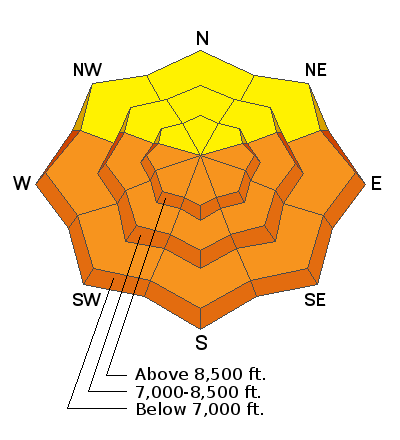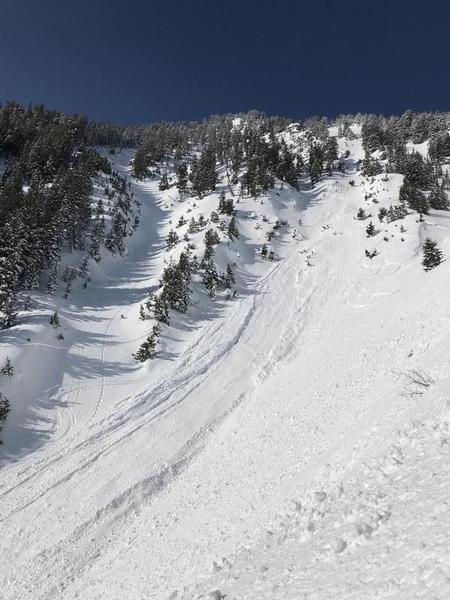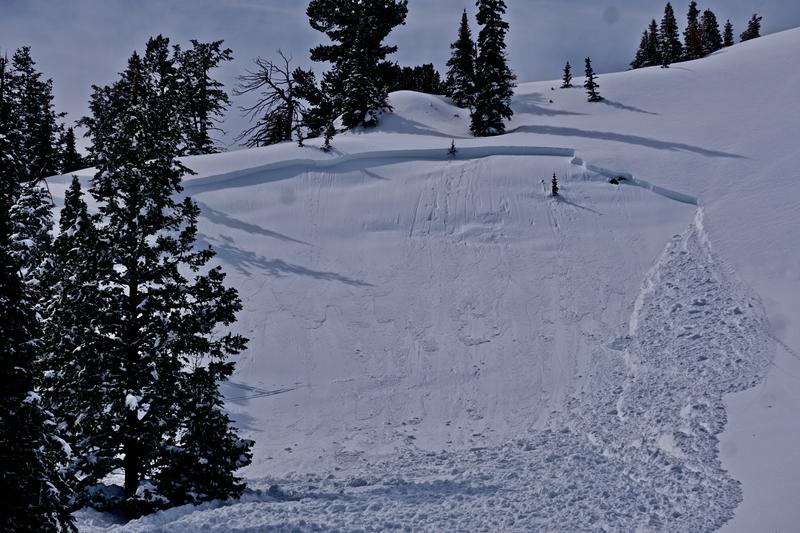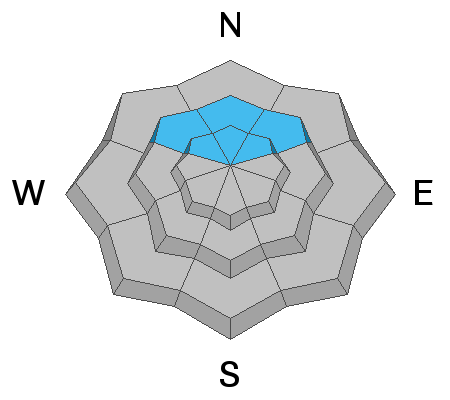Forecast for the Ogden Area Mountains

Issued by Drew Hardesty on
Tuesday morning, March 26, 2019
Tuesday morning, March 26, 2019
The avalanche danger rise earlier today to CONSIDERABLE for wet avalanches on all steep sunlit slopes with sun and warming.
Natural and human triggered wet avalanches are certain on east, then south, then west facing slopes...and even include low and some mid elevation northerly terrain. Human triggered soft slab avalanches are still possible in the northerly mid and upper elevations. These may be triggered at a distance.

Low
Moderate
Considerable
High
Extreme
Learn how to read the forecast here













